Choosing between 3d printer belt vs screw is still a debate among a lot of people. Many people say cost is the first consideration when looking for the best 3D printing technology.
However, its performance is also an important thing that we should take into account.
We can determine its technology by the drive system, with the two main comparisons between belt and screw systems.
In this article, we will explain clearly the two systems, also their pros and cons.
Therefore, you can have a better view to get your own choice.
Let’s scroll down!
Related:
- What Will Dissolve PLA? Cleaning Tips And Tricks
- Can You Bring a 3d Printer On a Plane? Preparation Steps
- Does 3d Printer Filament Expire? – Right Way To Store
- Is 3d Printing Pla Toxic? What You Need To Know & Safety Tips
- How Long Do 3d Printer Nozzles Last? Cleaning Guidelines
3D Printer Belt Vs Screw/Belts Vs Ball Screws Printers
There is no clear answer to this question.
When it comes to choosing which one is better, you must look at the pros and cons of both before making a decision.
Each person’s need is based on their requirements and how effectively the printer performs in the situation you will use it.
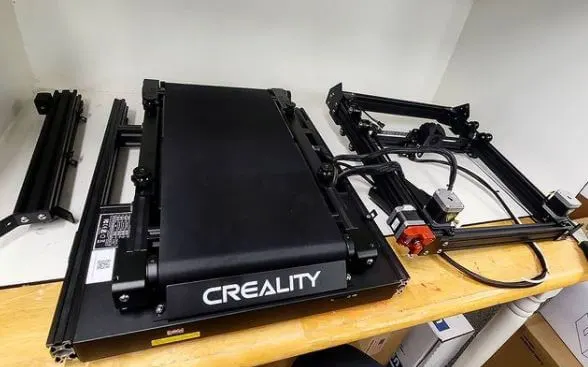
On the disadvantage, when the belts are thicker, 3d printer belt system may need larger loads.
In this case, lead screw printers are preferable.
However, the latter has duty cycle limits, which are often at 50%, making those printers a better choice.
As a result, you should think about your own needs and how you are going to use them before making the final choice.
What Is A Belt For 3D Printer?
This type is one the most widely used printer types, therefore many people want to know how it works.
It is made up of a teeth timing belt that connects to a moving carriage that guides a payload.
The motor has a revolving pulley with matching teeth.
The pulley that pulls the belt in the direction it has to go rotates when the motor shift rotates.
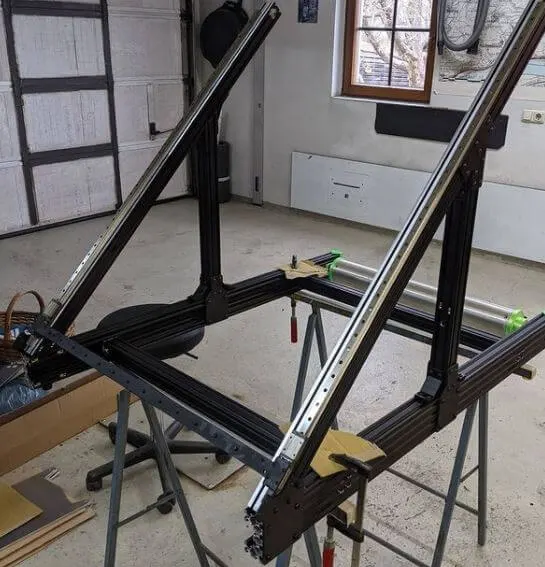
This system has a number of advantages in this application:
- Easy to maintain: They do not require frequent lubrication over time. This means you can use them for a long time without the worry of breaking down or costly maintenance.
- Easy to integrate with other systems: Because of their adaptability, you will not have to change the whole setup to use them. They are easy to match into your existing system and still work well.
- Extremely compact, which contributes to their durability. This is one of the reasons why they are better suited for longer travel distances while still operating at high speed.
You should check your machine every six months or whenever you see problems.
This varies based on how frequently you use it.
If you are using it for a business, you should check it every one to three months.
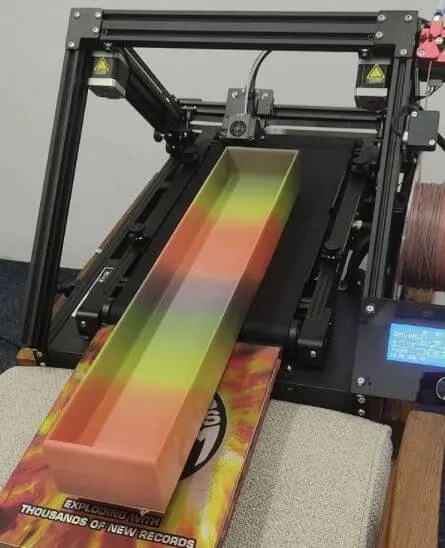
You can avoid wasting materials by doing routine maintenance.
It also allows you to find out more serious problems before they become too serious.
If your belt comes undone in the middle of a printing job, it could result in some damages.
Best recommended conveyor 3D printers: Ender 3
What Is 3D Printer Screw?
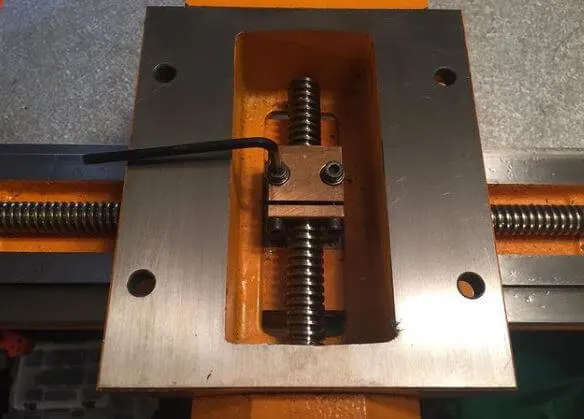
To compare 3D printer belt vs screw, this type connects a rotary motor to a linear spindle, resulting in a more precise and efficient system.
Based on the rotation of the engine, a nut rigidly fixed to a carriage (where the printer head or payload is placed) moves toward or away from it.
There are many different screw technologies, but we have 2 main ones: lead screws and ball screws, which are more efficient.
1. Lead screw:
This design has the advantage of being quite cheaper due to its simplicity and ease to produce.
The screw can be self-locking thanks to its inefficiencies (about 20 – 70%) and design.
This means that if you lose power, the load will remain the same because the screw can not turn.
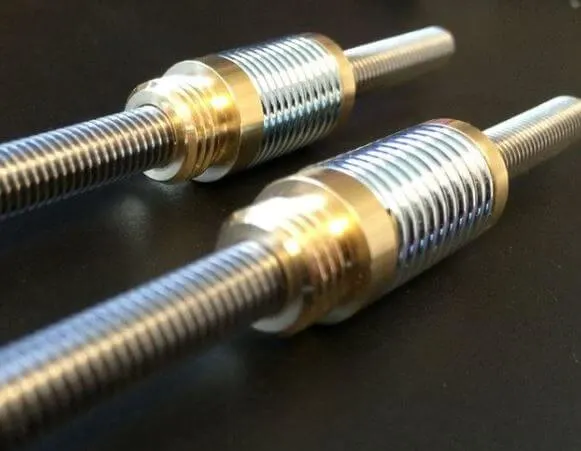
Another benefit is its size.
Because of the mechanical advantage over the pulley, they can create far more axial force than the prior type.
Wrong alignment or installation, as well as you continue to use when there are sliding and wear on the surface, can make the nut wear down and create a more bad play.
However, a drawback of using this type is that you may align or install them wrong.
2. Ball screw (belt drive bed/belt driven)
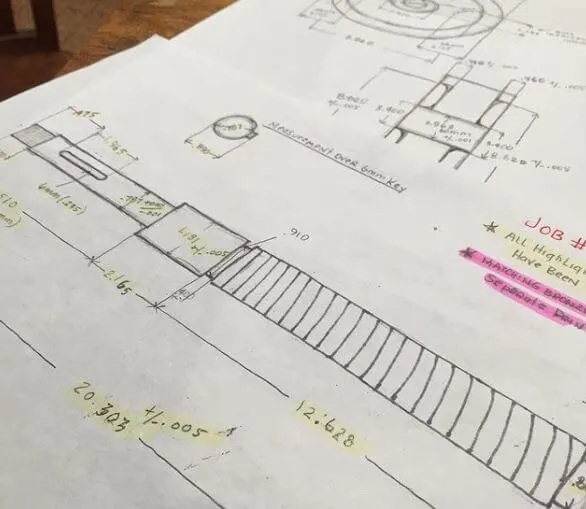
The ball type uses the same screw with a nut that is merged with rolling ball bearings.
This can increase its efficiency and lower power consumption.
Because there is no sliding feature, it is a more durable design than the other ones.
However, it still needs periodic lubrication of the metal-to-metal contact between the rolling ball bearings and the metal screw spindle.

If you compare it to a belt drive one, the lead screw has a big benefit.
Its greater force leads to higher speed and faster output in the printing work.
This makes some people usually think this ball type is too loud and needs service when it does not.
You can watch this video to understand which kind is better for you: (81) Belt Driven vs Screw Driven | What’s Right For You | WorkBee – YouTube
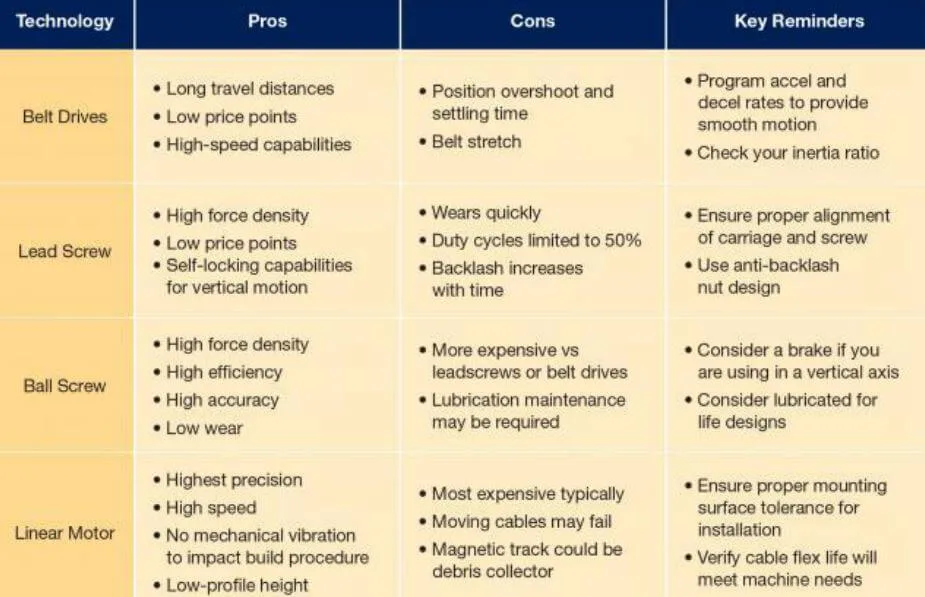
Comparison chart of 3D printer belt vs screw (Source: parker.com)
The Differences Between Lead And Ball Systems
Lead screws are silent, smooth, corrosion-resistant, can lubricate themselves, and often cheaper than the steel type.
If you want more customization, they are a good choice.
This type is commonly used in medical equipment and personal computing devices such as desktop PCs because they are extremely silent and vibration-free.
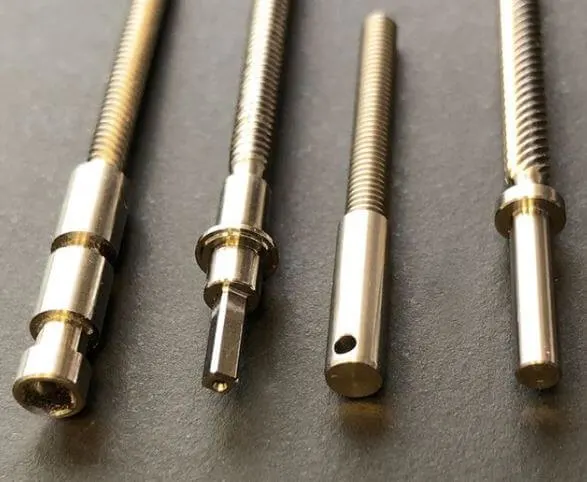
On the other hand, ball screws are noisier, don’t self-lock, aren’t as rigid as lead screws.
However, they can carry heavier loads and have significantly higher efficiency, precision, and accuracy.
People use ball types in many applications, including aviation, power steering, robots, and semiconductors.
How To Tighten Your Printer Belt?
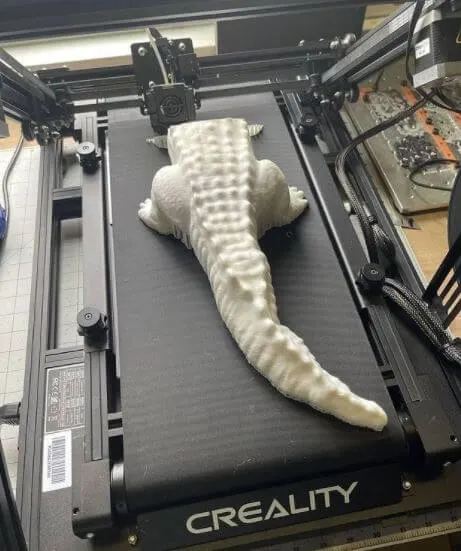
If you detect discrepancies in your printer, you may need to adjust your belt.
Rippling may be visible along the margins of your object.
While a belt is not the only cause, it is one of the first things you should look into.
We will walk you through how to diagnose and repair your 3D printer step by step below.
Keep in mind that these instructions are for common printer designs.
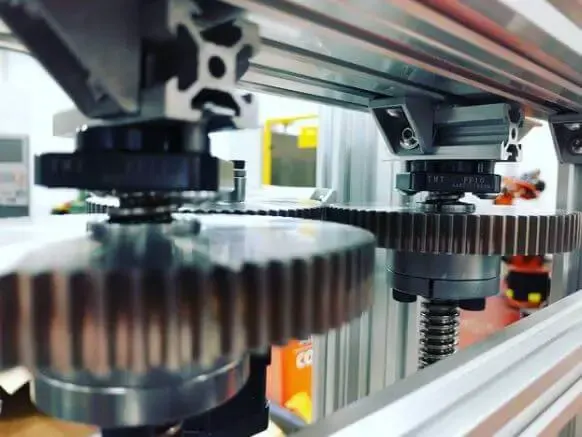
You will see ripples in your 3D models or misprints in specific areas if your belt is unfastened.
To avoid being shocked, start by shutting off your machine.
The first step in any repair procedure is always to unplug your gadget.
After that, remove the cover or casing that protects the belts according to the directions in your owner’s handbook.
Snap the straps gently to examine if they ripple or are easy to move.
You will need to tighten them if they are easily snapped.
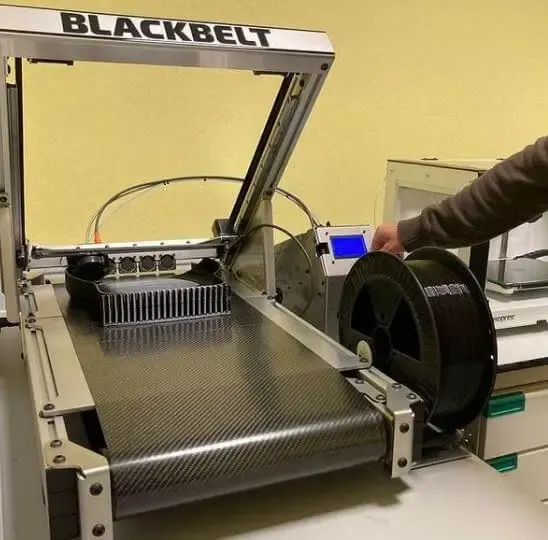
If you notice your belt starting to slip off the pulley, it could cause harm by rubbing against the pulley.
Look to see if the pulley’s teeth are revealed.
If they are, your belt may have been loose for an extended period of time, causing it to slip over time.
Compare your belt to a conventional belt if you notice this.
If your belt is getting thinner or showing symptoms of wear and tear, it is time to replace it.
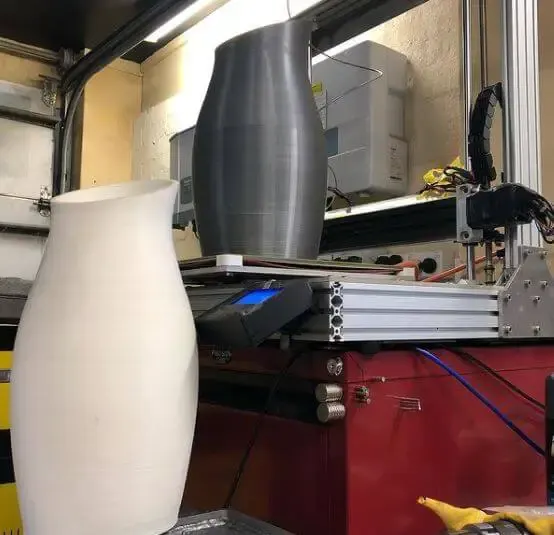
To sum up, there are these steps you need to follow:
- Check the belt’s tension and positioning.
- Make that you have the appropriate equipment.
- Make sure your 3D printer is clean.
- On the 3D printer, look for the tensioner.
- Remove the bolts or screws and loosen them.
- If needed, adjust the belt.
- Using your tools to tighten the belt.
- Make a tension test
How Do You Test The Tension?

Ender 3 belt (Source: The 3D Bros)
To begin, make sure the belt does not simply slip off the pulley.
This can be accomplished by attempting to snap the strap.
If it moves, this indicates that the belt is too slack and should be tightened.
Once you feel satisfied, run it through another test by printing a basic item.
Your best bet is a little cube. If the rippling effects or other deformities in the cube persist, you may need to double-check your work.
You can also observe the belts when they are in use. Double-check your work if they appear to be wobbly or hopping around.
3D Printer Belt Vs Screw: Frequently Asked Questions
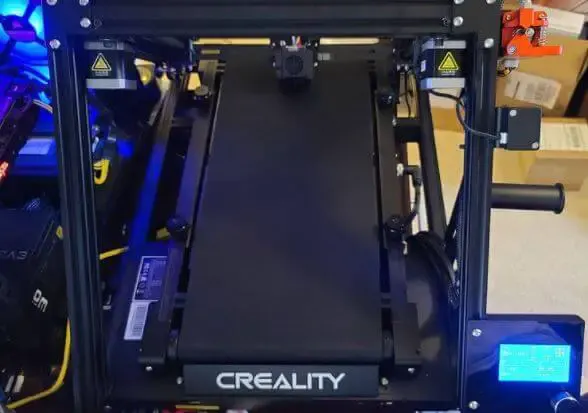
1 – What If The Belts On My Printer Are Too Tight?
If it is too much tight, the teeth may begin to skip. Unusual deformations in your printed object will result from this tightness.
You can also put more tension on your belt, which will cause it to wear down more quickly.
The goal is to maintain it tight enough to eliminate any slack, but not so tight that pulling the belt along with the pulley becomes impossible.
The same rationale applies if you have ever replaced a timing belt in your car.
2 – Which Are Good Materials For Printer Belts?
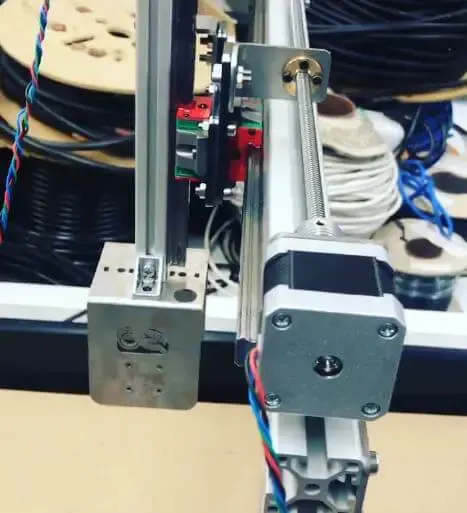
Rubber ones are still the most helpful form of material, despite the fact that there are many other options.
While it will stretch over time, it will cause your 3D machine the least amount of problems.
Some brands will strive to promote steel core products.
Steel core ones, on the other hand, have a chance of breaking.
Rubber is a little more flexible, giving you a little more time to deal with errors.
3 – How Can I Keep My Lead Screws From Being Damaged By Falling Debris?
Depending on the application and operational environment, you can protect the lead screw assembly with an extruded aluminum casing, an accordion-style boot, a seal, or a wiper.
4 – What Is The Most Important Different Thing Between Lead And Ball Screw?
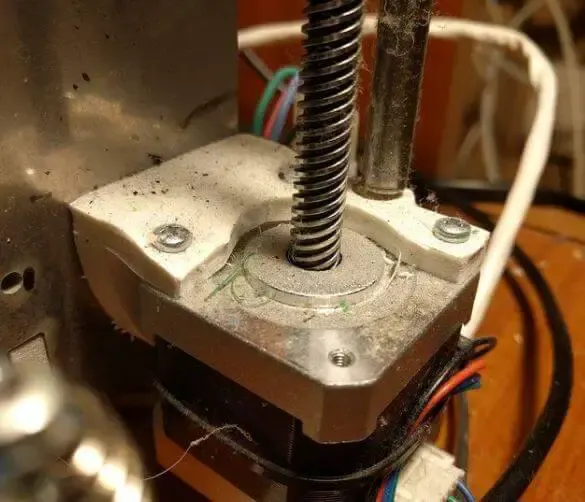
First of all, it comes with the mechanic side.
Even though both types of screws are mechanical linear actuators and can be used in the same conditions, you must check the machine’s back drive, backlash, thrust, speed, lead accuracy, and efficiency.
The ball type is named after the ball bearings that reduce friction and increase efficiency.
Whereas lead type use sliding surfaces to reduce friction and increase efficiency.
5 – What Is The Most Important Factor To Consider Between Lead And Ball Screw?
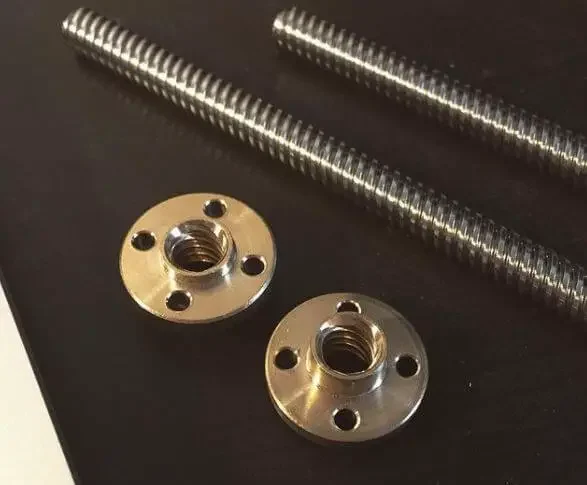
The answer is subjective and will most likely be decided by how you are going to use it.
In a vertical application, for example, a lead one may be preferable over a ball one because the lead cannot back drive itself.
However, in a horizontal orientation when no external force is applied to the application, the ball system is better because you do not have to worry about it being back forced by gravity.
Conclusion
In summary, if you have small loads but want fast operation speeds, belt type printers are a good option. Moreover, because of their cheap price in many applications, they are also ideal if you need long strokes but are still on a budget. Lead screw printers are the better choice if you have a lot of loads, which require a lot of force. They are more difficult to install and less efficient, but they are more accurate in their work.
However, the most important thing is still which one suits your needs best. We hope you can understand more about the differences between 3d printer belt vs screw after reading our article.
Further Reading:
- Best Creality 3d Printer– How To Choose The Best One?
- Best Filament For Ender 3
- Top 6 Best 3D Printer For Cosplay Armor
- Best 3d Printer For Board Games
Tags: belt driven printers are the better choice, it costs more than belts, lead screw possesses, threaded, v, answer follow, answer show, bronze badges, bed, axis, reply, january, quote, wood, years ago, edited, cnc, comments, share, motion, rails.
